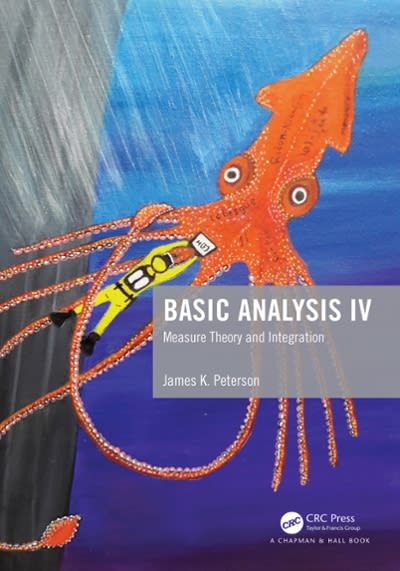Answered step by step
Verified Expert Solution
Question
1 Approved Answer
Consider the following function. F(x) = 16 -x2/3 Find f(-64) and f(64). 1(-64 ) = F(64) = Find all values c in (-64, 64) such


Step by Step Solution
There are 3 Steps involved in it
Step: 1

Get Instant Access to Expert-Tailored Solutions
See step-by-step solutions with expert insights and AI powered tools for academic success
Step: 2

Step: 3

Ace Your Homework with AI
Get the answers you need in no time with our AI-driven, step-by-step assistance
Get Started


